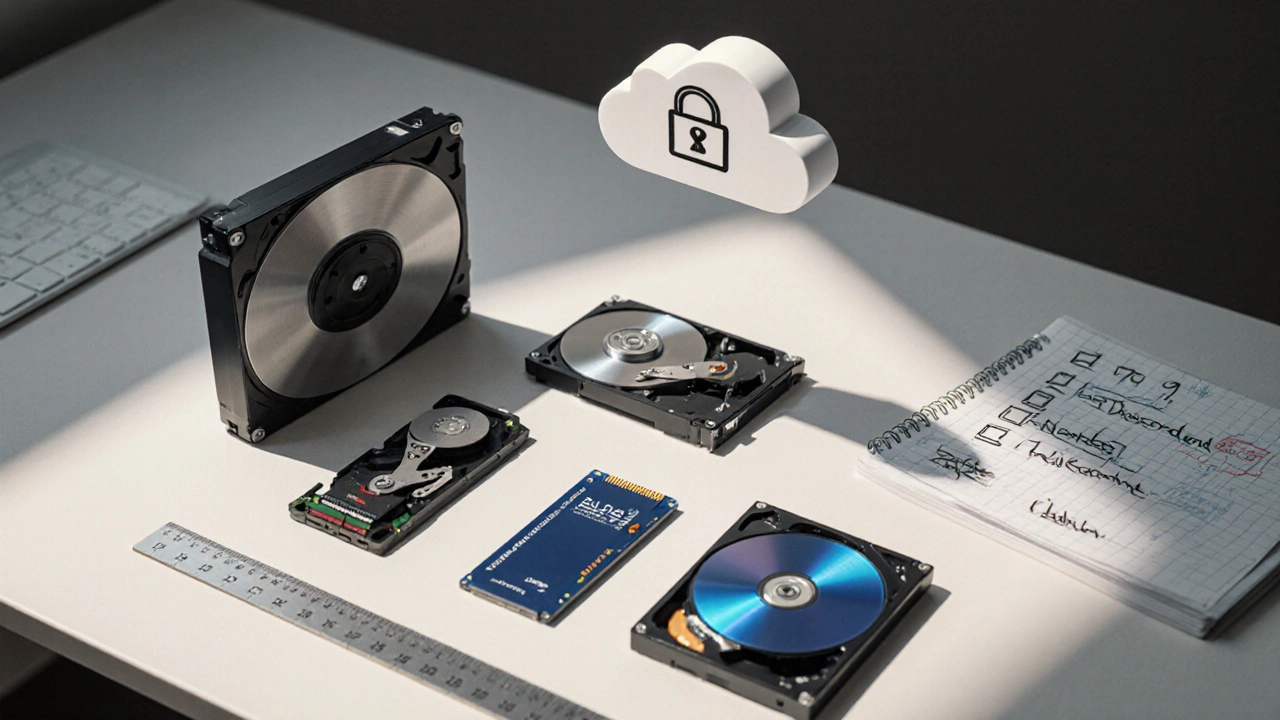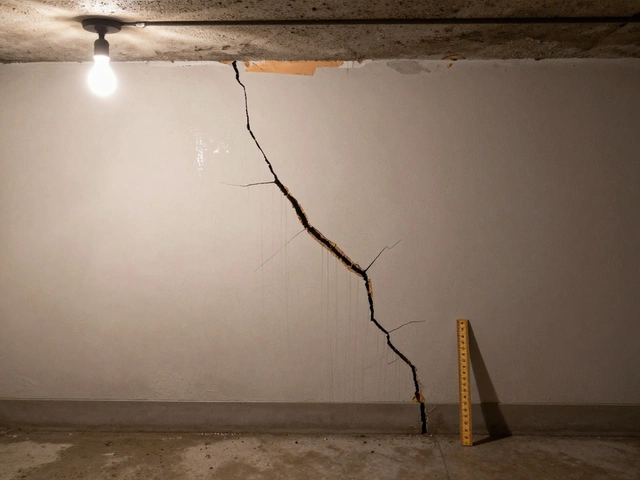Data Storage: Find the Right Solution for Every Need
When you think about Data Storage, the practice of keeping digital information safe, organized, and ready for use. Also known as information storage, it forms the backbone of modern computing. Today, businesses and hobbyists alike must choose between many methods, each with its own trade‑offs. Long‑term data storage, solutions engineered to preserve data for years or even decades is a common goal, but the path to it varies widely. From massive cloud services to tiny tape reels, the choices reflect speed, cost, and how long you need the data to last.
Key Technologies Shaping Modern Storage
One of the fastest‑growing categories is Cloud archival, online platforms that store data in highly redundant data centres for minimal ongoing maintenance. This approach enables instant global access while offloading hardware worries, yet it relies heavily on the provider’s durability guarantees. Meanwhile, the tried‑and‑true Magnetic tape, a physical medium that writes data in linear tracks on coated plastic still wins for bulk, offline backups because of its low cost per gigabyte and proven lifespan of 30 + years when stored correctly. Both cloud archival and magnetic tape illustrate a core semantic triple: Data Storage encompasses long‑term data storage, which requires data durability. Choosing between them often depends on how quickly you need to retrieve data, the budget you have, and the regulatory environment you operate in.
Beyond the hardware and services, the concept of data durability ties everything together. Durability measures how well a storage solution resists loss over time, and it’s influenced by error‑correction algorithms, physical media quality, and environmental controls. For cloud providers, durability is expressed as “eleven nines” of annual reliability, while tape manufacturers publish lifespan estimates based on humidity and temperature tests. Understanding these attributes helps you match storage to your risk tolerance. If you’re archiving legal records, you might favor tape for its offline isolation; if you need frequent analytics, a cloud archive with fast retrieval tiers makes more sense.
The landscape also includes hybrid strategies that blend multiple entities. A common pattern is to keep a working copy in fast cloud storage, a nightly snapshot in a near‑line service, and a quarterly offline tape backup for disaster recovery. This triple‑layered model leverages the speed of cloud, the cost‑efficiency of near‑line, and the longevity of magnetic tape, creating a robust defense against data loss. Each layer adds a semantic connection: Cloud archival enhances accessibility, magnetic tape improves longevity, and the overall system boosts durability.
What you’ll find in the collection below reflects these real‑world choices. Articles dive into cost comparisons, performance benchmarks, and step‑by‑step guides for setting up your own hybrid archive. Whether you’re a small business looking for an affordable backup plan or an IT pro managing petabytes of critical data, the posts cover practical tips, tool recommendations, and future‑proofing strategies.
Ready to explore specific solutions? Scroll down to discover detailed reviews, how‑to tutorials, and expert advice that will help you pick the right mix of cloud, tape, and other storage methods for your unique needs.
Best Options for Long-Term Data Storage in 2025
Discover the top long‑term data storage options in 2025, from magnetic tape to cloud archives. Learn costs, durability, speed, and how to pick the perfect mix for your needs.
full article




